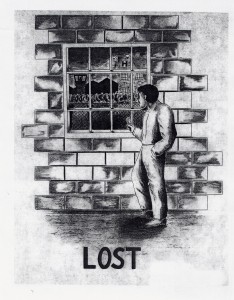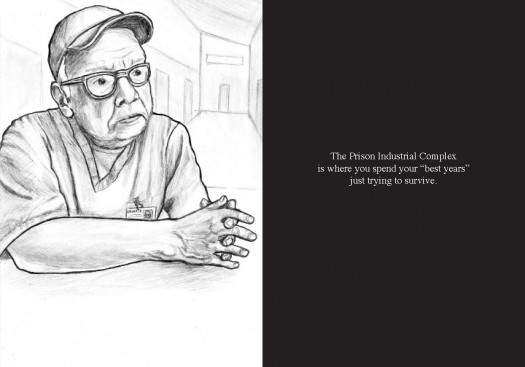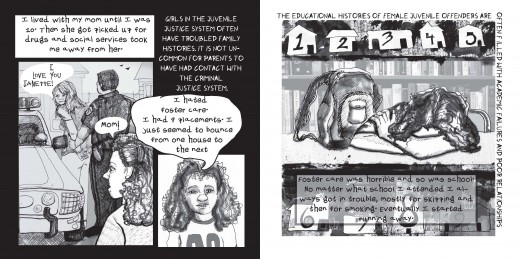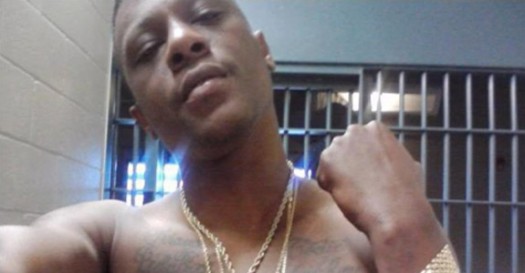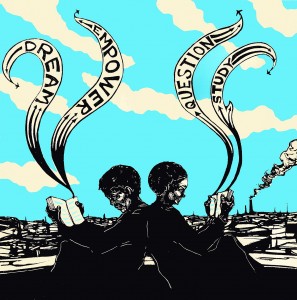There are times when words are very limiting. This is one of those times. I am incredibly proud to have been part of a team that has created a wonderful publication titled “The PIC Is.”
Over the past few months, I have previewed the zine on this blog by offering my thoughts about the importance of popular education in the movement to dismantle the PIC. I have also written often about my belief in the power of art to foster and sustain social change.
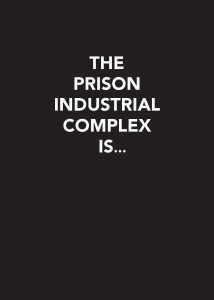
Before going any further however, a word about my friend, the amazing and super talented Billy Dee. Billy illustrated and designed “the PIC Is” zine. As an artist, activist, and person, Billy is generous in spirit and always open to collaborate. A self-described “enthusiast,” I can tell you that it is a true joy to work with Billy on anything and I (and the organization that I founded) have been blessed to be the beneficiaries on more than one occasion of the product of Billy’s artistic talents. Thank you Billy for all that you do and are. I am certain that every single person who looks at this zine will be moved by your illustrations and compelled to ask themselves: “How can I contribute to the movement to dismantle the inhumane PIC?”
The Chicago PIC Teaching Collective spearheaded this project. I am indebted to all of its members. Thank you for participating in this journey.
My friends Lisa and Teresa at the Jane Addams Hull House Museum also provided a critical eye for this work. Special thanks to the Museum for covering the printing costs for a first-run of the zine. We will now be able to distribute some hard copies of the publication throughout Chicago and to some prisoners as a result.
Finally a few words about what I hope happens to this zine now that we have released it into the world….
This publication is offered as a gift. The topic is tragic and deadly serious. However those of us who worked collaboratively to create this zine envisioned it as a crie de coeur and as something to be shared. We expect that those who care about issues of justice, equality, and humanity will use it as a teaching tool and as an organizing tool. We invite you to reproduce it as often as you would like. We invite you to forward the PDF version to everyone you know. We invite you to use the images in your outreach, education, and organizing efforts [if you need higher resolution images please let us know]. This is intended as a strictly non-commercial endeavor and we ask that those who use the publication adhere to the same spirit.
More important for us though, this zine is meant to be passed along to people in your life who may not think that they care about prisons or feel that they are not impacted by the PIC. You can help by passing it along to one other person in your life who you think might be open to learning more about how the PIC operates in 21st century America. Then I hope that you will engage that person in a conversation about the nature and impact of the PIC. If you are an educator, please feel free to use this publication with your students and share it with your colleagues. If you think of creative ways to incorporate it into your curriculum, please contact us at [email protected] to let us know about it. We would love to post it on our site and share it with others.
I have no doubt that someone, somewhere will find something to criticize about this publication. That is fine. It is not offered as THE definitive document for understanding the PIC. That is not its intent. Ta-Nehisi Coates recently wrote that “creation is the ultimate critique.” He was likely inspired by Michelangelo who wrote “Critique by creating.” I completely co-sign this idea. I’ll end with a few more words from Mr. Coates in response to the inevitable criticisms or complaints about omissions etc… If you don’t like this publication, “Make another one. Make a better one. Start now.” And I will add: Send us a copy too!
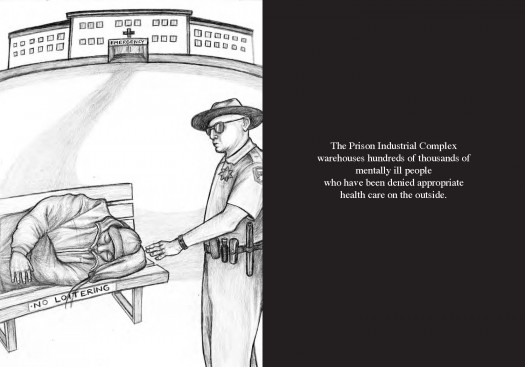
You can download the zine from the Chicago PIC Teaching Collective’s site HERE. It is offered in peace and solidarity.
NOTE: If you are in Chicago next week on May 12th, join us at the juvenile justice zine release party from 5:30 to 7:30 p.m. at the Hull House Museum, 800 S. Halsted St (Resident’s Dining Hall). Guests will receive a hard copy of the “PIC Is” zine as well as two others (one about the School to Prison Pipeline and a Know Your Rights zine created by Models for Change).
Three other juvenile justice-focused zines (History of Juvenile Justice in Illinois, Youth Stories of the Incarcerated, and Girls in the System) will be released online at the end of May.
